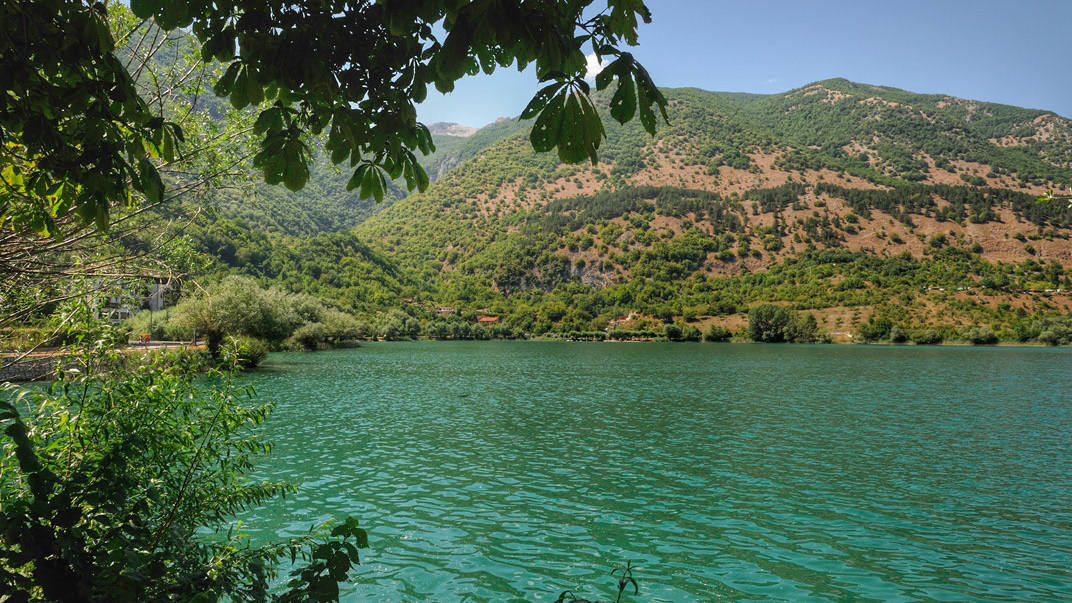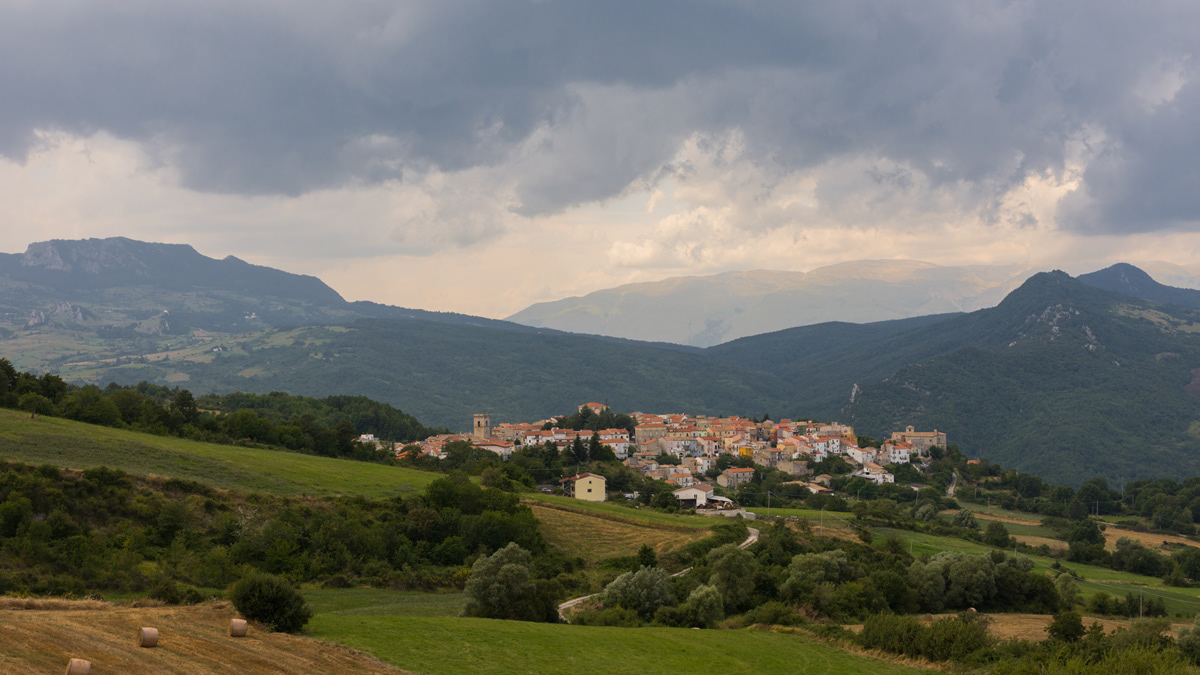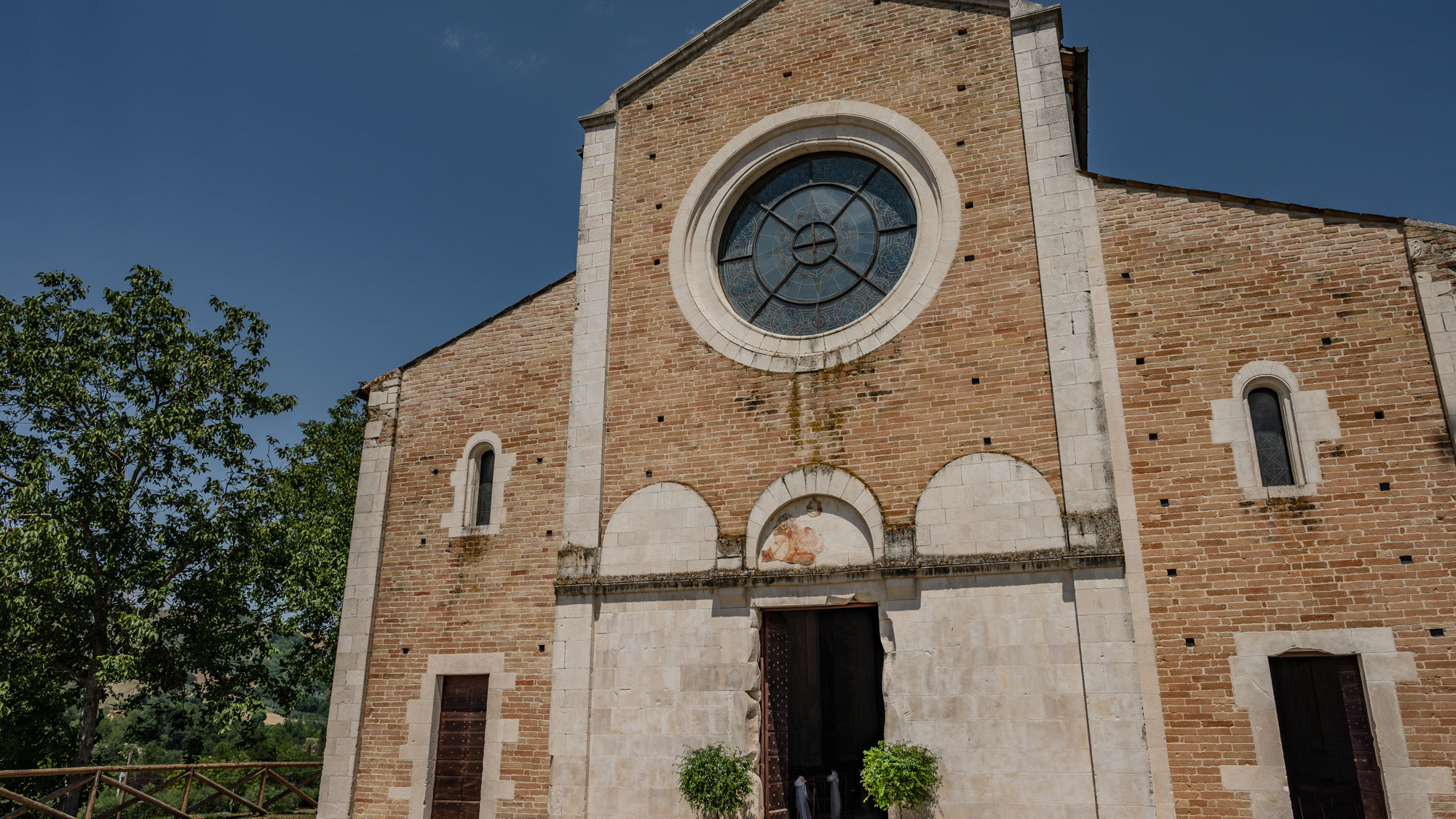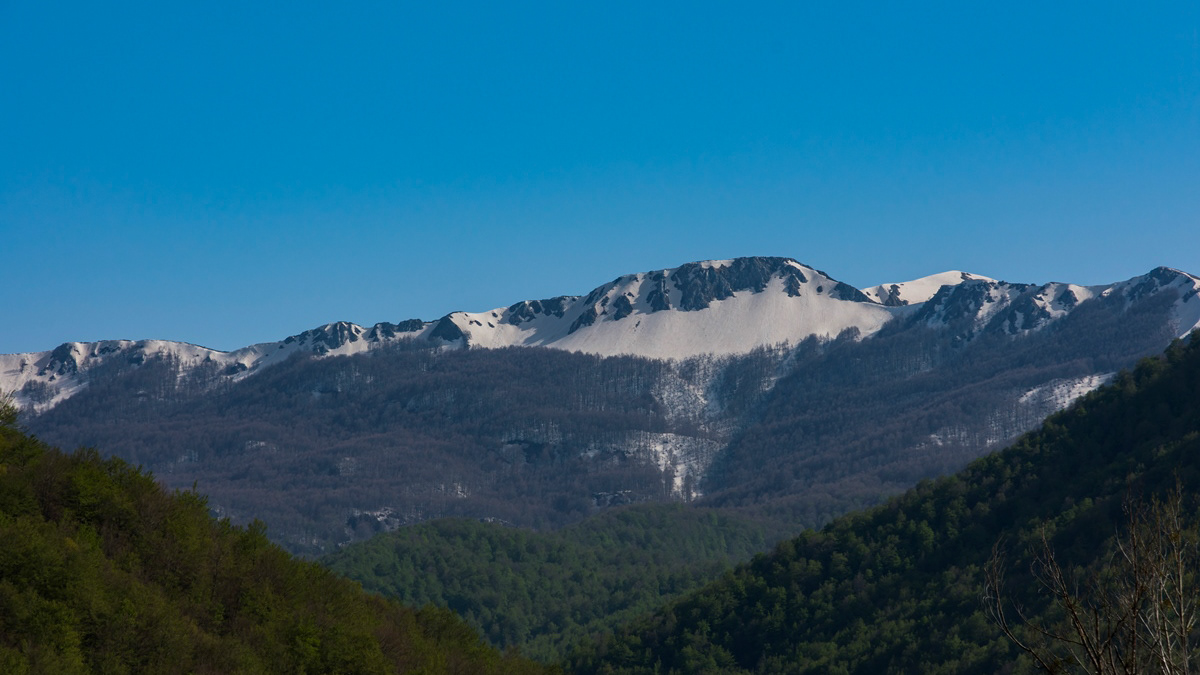Borrello
Borrello (Burièlle in Abruzzo) is an Italian town of 326 inhabitants in the province of Chieti in Abruzzo. It is part of the mountain community of Medio Sangro. The municipality of Borrello, as also handed down by Benedetto Croce, was a fief of the Borrello family: the Abruzzo philosopher claims to have found a document from the year 1000 that would suggest a certain dominion of this family already at the end of the 18th century. In fact, the news is also confirmed by the most ancient historical sources, consulted and collected in the eighteenth century by Anton Ludovico Antinori for the drafting of his Annali degli Abruzzi, in which the progenitor of the dynasty, a certain Borrello from whom the Castle then took its name and he perpetuated it over the centuries, he would have been a Frankish leader descended from the Counts of the Marsi. Croce, on the other hand, states that the family descends from some exponent of the Borel family of French origin. At the beginning of the 20th century, many of the country's inhabitants emigrated to the United States and northern Europe. After the bombing of the Second World War the city was completely rebuilt.
You may also like









